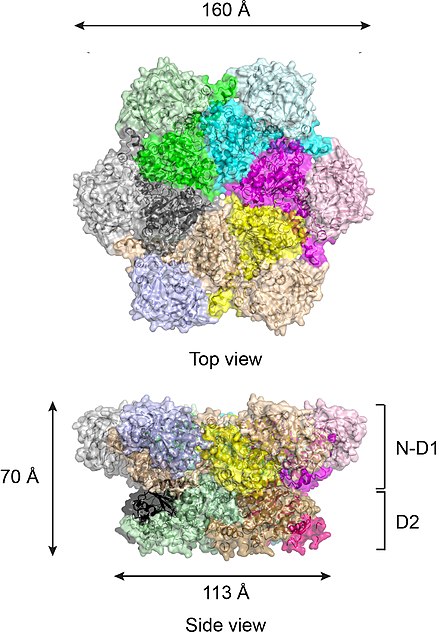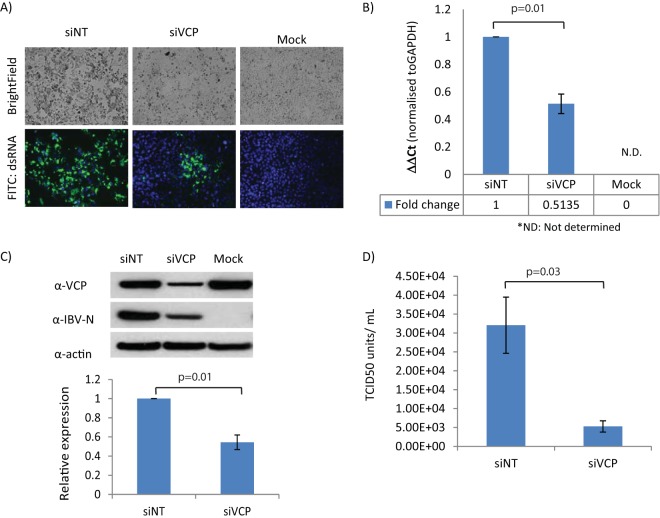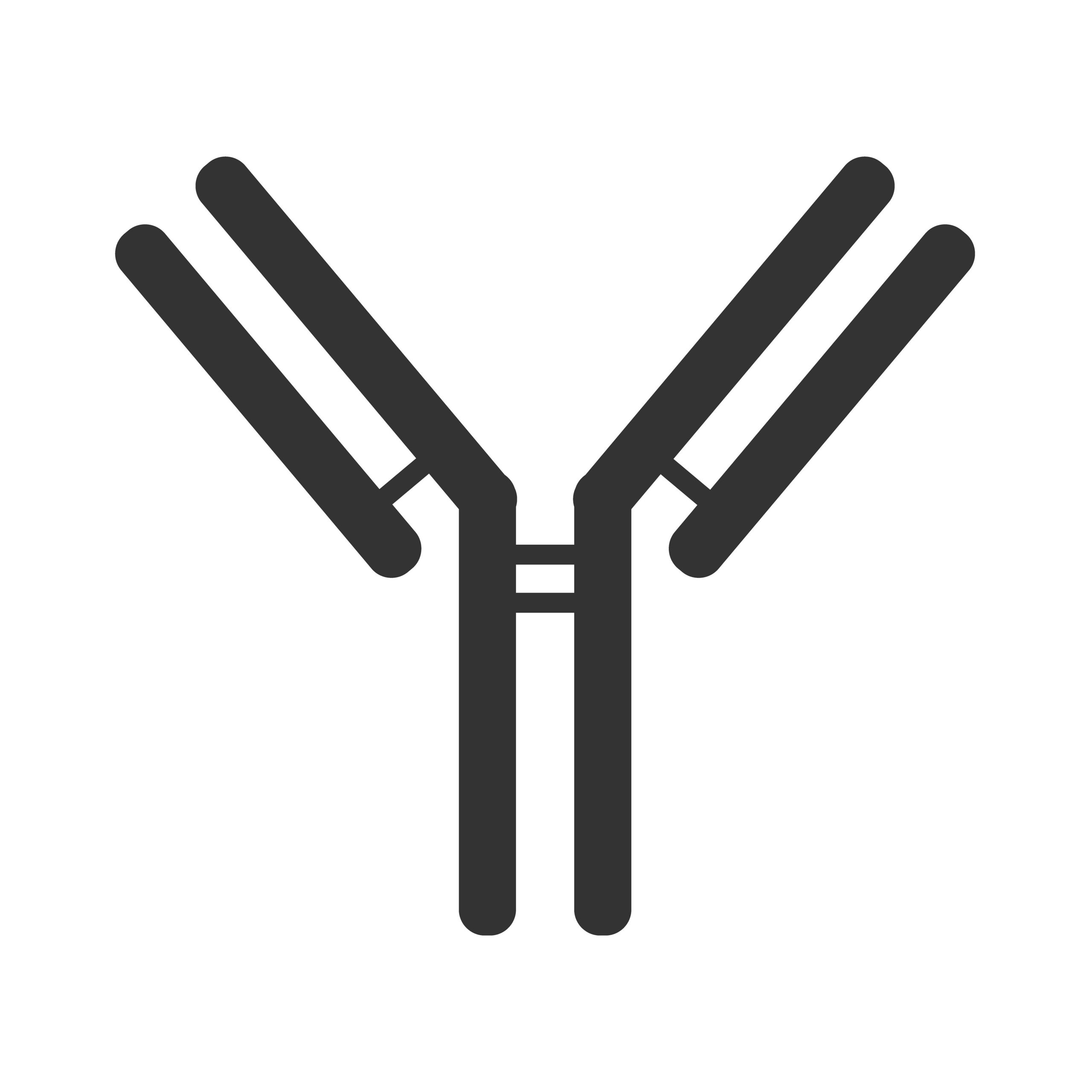The First Lesson Of Camouflage – Not Being Seen.
The majority of vaccines and antivirals both in use and in development as SARS-CoV-2 countermeasures target the structural Spike protein. We have highlighted previously that as the S protein trimers contain the RBDs, the S protein houses the virion’s principal weapon and is therefore the obvious, easy target for prophylactic or therapeutic treatments. A good idea in theory but far more difficult to achieve in reality. Could targeting valosin-containing protein VCP/p97 be a more effective countermeasure?
SARS-CoV-2 defends its principal weapon, the receptor binding domain (RBD), through a high level of recombination around the S protein domain. The majority of the approx. 1,963 variants of SARS-CoV-2 produced per day are the result of single nucleotide polymorphisms (SNPs) that alter amino acids in & around the S protein domain. This creates antigen shift through the level and location of glycan shielding, which is designed to aid immunoevasion. In simple terms, SARS-CoV-2 has adaptive camouflage.
Vaccines targeting the S protein assume that it is static and so are likely to have their efficacy reduced – to the point of being rendered ineffective – by this dynamic glycan shielding. There is already widespread, emerging evidence of supposed ‘miracle’ vaccines being ineffective, which shouldn’t be a surprise to anyone. The difference between a vaccine and an antiviral is explained here, in case you happen to be the health secretary or chief medical officer and not know the difference because you are ignorant or deliberately confuse them to mislead everyone else because you are a liar.
Ironically, the SNP that led to SG614 being up to 9x more infectious than SD614 – leading to it becoming the dominant, fixed variant by June 2020 – actually makes it more vulnerable to immunodetection because of the significant increase in 1-up and corresponding significant decrease in 3-down RBD structures. In other words, by June 2020 SARS-CoV-2 had effectively given up and hung out a large white flag saying ‘come and get me’.
Fight The Enemy Where They Aren’t.
This is a quotation from Sun Tzu’s seminal book The Art Of War, universally accepted as being one of the two most important works of the past two thousands years on how to engage in warfare (the other being Carl von Clausewitz’s opus On War). The quotation is often misinterpreted as meaning attacking somewhere that the enemy physical isn’t but the correct interpretation is attacking where the enemy isn’t expecting or concentrating. Target the enemy’s weakness and not their strength.
In this respect, the S protein is SARS-CoV-2’s strength so don’t target it. Attack its weakness.
Over recent months we have identified several weak points in SARS-CoV-2’s genetic structure and transcription & replication. So far these include:
- Memory CD4 TH and CD8 TC cells (both TEM and TCM) conserved from previous exposure to other common cold-causing coronaviruses recognise SARS-CoV-2’s nsp7, nsp13 and structural N proteins. This means that the majority of individuals upon primary infection with SARS-CoV-2 generate an antigen-specific adaptive immune response, i.e. someone who hasn’t had SARS-CoV-2 before has an SARS-CoV-2-specific response as the immune system thinks it has seen it before. This is exactly the same outcome as the objective of a vaccine…without the vaccine. This immunity to SARS-CoV-2 from exposure to the common cold is a massive head start for immunity per se, let alone the development of an effective prophylactic treatment.
- nsp5 contains the main protease that is required for the cleavage of most of the nsps from polyprotein 1a and 1ab, and assembly of the replication transcription complex (RTC), as well as immunoevasion through inhibition of host cell interferon production. The sequential nature of the RTC means there is considerable opportunity to achieve immediate or delayed chain termination in the replication process.
- nsp10 is a cofactor of the exoribonuclease in nsp14 (nsp14-ExoN), with nsp10 in effect shielding nsp14-ExoN’s proofreading machinery.
Targeting nsp5 and nsp10 would disrupt the assembly of the polyproteins thereby preventing assembly of the RTC and degrading the fidelity of replication.
Within the RTC, translation of the subgenomic RNA forms the four structural proteins – Envelope, Membrane, Nucleocapsid and Spike – which are sent to the endoplasmic reticulum organelle within the infected host cell [Maier et al, 2015]. From there, they travel to the endoplasmic reticulum–Golgi intermediate compartment (ERGIC) where they are assembled into virus-like particles. Think of ERGIC as the bagging area after the checkout, where all the items are put into the shopping bag. Siu et al. [2008] show that if all the required structural proteins are present and co-express then the virus-like particles mature into new virions. The structural S protein is assembled at this point (think about the virion’s finished structure and the S protein has to be ‘glued on’ last). At that point, they enter the Golgi itself, which is like a warehouse hub, wrapping the new virions inside packaging known as vesicles and sending them outside of the infected host cell through exocytosis. Nothing remarkable about this but coronaviruses have a tendency to hold back some of the newly-replicated S proteins. Instead of following others from the endoplasmic reticulum to ERGIC, they go straight to the membrane of the infected host cell and bind directly to neighbouring cells that are uninfected.
These standalone S proteins create cell-to-cell fusion and thereby allow the viral RNA to infect other cells, without the traditional S1 cleavage and S2 fusion & entry. This process creates clusters of cells with multiple organelles, allowing greater viral replication. More importantly, this cell-to-cell fusion has a much higher degree of immunoevasion as the S protein doesn’t leave the infected cell and so is invisible to neutralising and non-neutralising antibodies (as there is no circulating antigen for them to recognise) [Wang et al, 2020].
So, no matter how much IgG a vaccine or antiviral stimulates, it will not be effective against these ‘super-cells’.
Valosin-Containing Protein’s Role As A Viral Countermeasure.
Valosin-containing protein (VCP or VCP/p97) is an enzyme involved in cellular homeostasis.

Structure of valosin-containing protein p97, [DeLaBarre and Brunger, 2003].
Its functions includs unwrapping peptide chains from larger protein structures and the intracellular trafficking of material, particular within endosomes and vesicles. Endosomes are the opposite of vesicles, transporting virions that have bound & fused to the host cell’s membrane into the cytoplasm (in effect the reverse of vesicles that transport newly-created virions out of the cytoplasm through exocytosis). Wong et al [2015] used an infectious bronchitis virus as a proxy coronavirus and proved that lack of VCP produced a strong inhibition of viral replication. They go further in their study of VCP’s effect on duvinacovirus alpha genus coronavirus HCoV-229E, showing that VCP depletion reduces HCoV-229E replication:

SARS-CoV-2’s replication means it is dependent upon VCP/p97 in at least four stages of the process:
(i) unpacking of fused virions in the endosome;
(ii) initial processing of the pp1a & pp1ab polyproteins in the cytoplasm;
(iii) transport of structural proteins to the endoplasmic reticulum;
(iv) transport of newly-replicated virions in the vesicle.
The Case For Not Targeting The S Protein.
While not required for cellular fusion & entry, VCP/p97 appears to play a key role in the viral replication cycle once the virion has gained cellular entry, particularly in endosomal unpacking and initial translation.
Viral countermeasures that target nsp5, nsp10 and VCP/p97 fight SARS-CoV-2 where it isn’t paying attention. They target its weaknesses not its strengths. We already know, as explained here in November and expanded upon in December, that having a common cold provides immunity through persistent antigen exposure conserving memory T cells that can recognise SARS-CoV-2 despite never having seen it before.
That’s on top of all of us having been born with a level of immunity through pattern recognition receptors TLR7 & TLR8 recognising the single-stranded RNA of coronaviruses, which is why the common cold is overcome by the innate immune system only…and why SARS-CoV-2 is also overcome by it in 99.6% of instances.
And that’s on top of IgA and nitric oxide in the upper respiratory tract providing protective or sterilising immunity, something that IgG cannot provide. A vaccine targeting the upper respiratory tract – the key battleground given the crucial role of viral load – is a far more effective solution and NORSTM is a true vaccine candidate, as we reviewed last month.
You can still catch and spread SARS-CoV-2, no matter how many does of ChAdOx1 or BNT126b2 or mRNA-1273 you receive. They are IgG-stimulating antivirals, at best.
